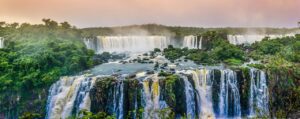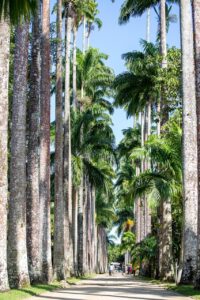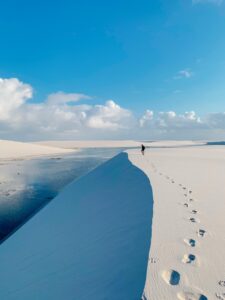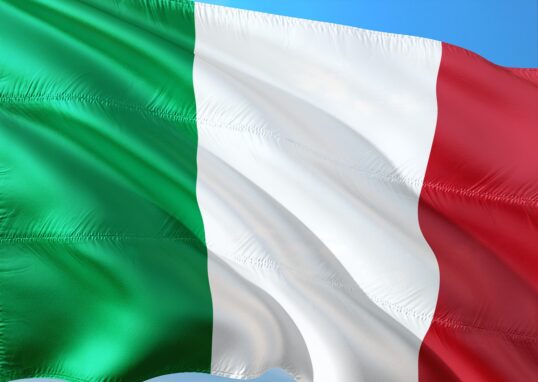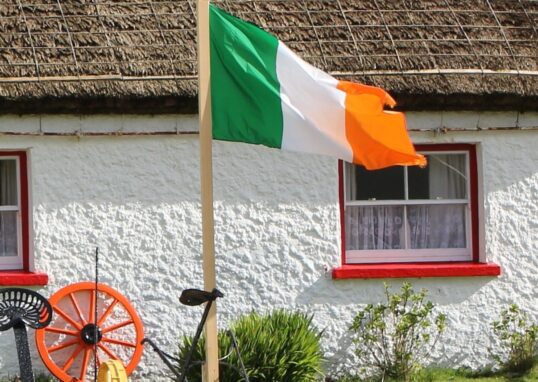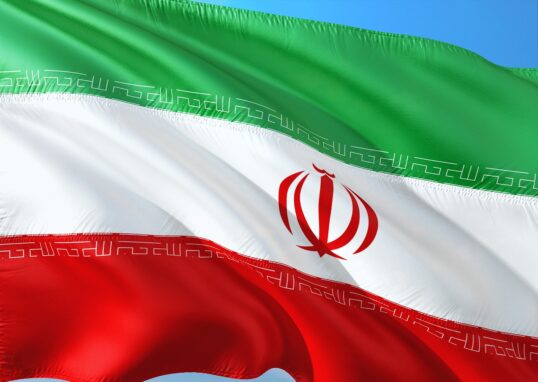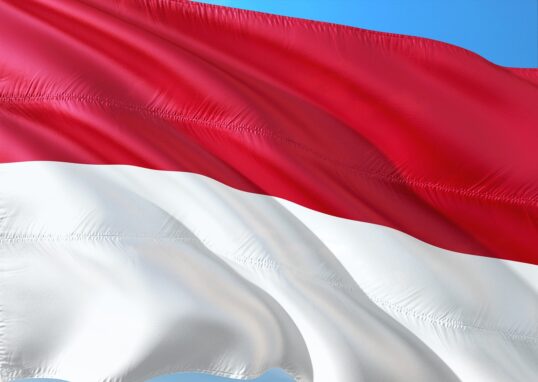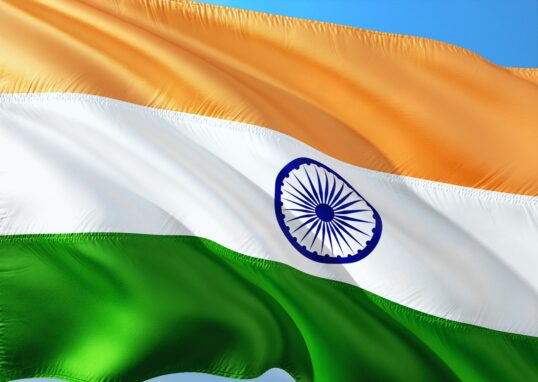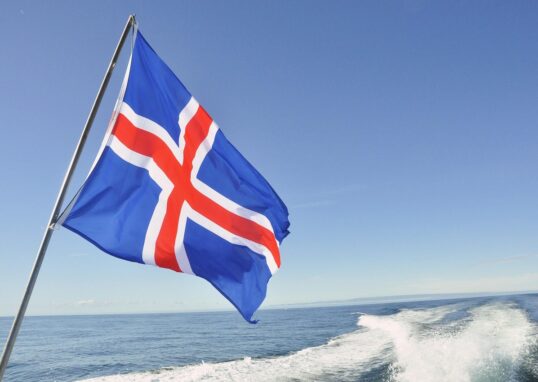
Brazil: The Heart of South America
One of the most fascinating countries in the world, Brazil is the world’s largest country in South America and the fifth-largest country in the world. It is famous for its natural beauty, multicultural, football crazy, and cheerful people. Brazil is a country of music, beaches, rainforests, and cities that never sleep. From Amazon rainforest to iconic beaches of Rio de Janeiro, Brazil pulsates with contrasts and color. The country sweeps across multiple climates and landscapes, a great place for those who are nature, adventure, and culture lovers.
Geography and Climate
Brazil is a huge nation because it is about 8.5 million square kilometers in size. It borders all the countries of South America except Chile and Ecuador. It borders the Atlantic Ocean on the east and a coastline that is more than 7,400 kilometers long. Another way Brazil is divided is into regions: the Amazon Basin, the Northeast, the Central Plateau, the Southeast, and the South. Each region has its own climate, vegetation, and culture. The Amazon is humid and warm, with thick rainforests and many rivers over its cover. The northeast is made up of tropical coasts and desert regions. The center is dominated by savannas, while the south region has a mild and temperate climate.
History of Brazil
Brazil’s past started thousands of years before the arrival of Europeans. Native inhabitants inhabited the region, and they created distinct cultures and customs. Portuguese explorer Pedro Álvares Cabral arrived in Brazil in 1500 and claimed it for Portugal. Brazil was made a colony, and the Portuguese set up sugar plantations and used African slaves to work them. In 1822, Brazil was independent from Portugal as an empire led by Dom Pedro I. Later, in 1889, Brazil was founded as a republic.
Culture and People
Brazil is an energetic and vibrant country. Brazilians, the citizens, are renowned for their friendly nature and warm smiles. The citizens are highly ethnically diverse in composition, including Indigenous, African, European, and Asian roots. Portuguese is the national language, and the leading national religion is Roman Catholicism, though most Brazilians practice other religions. Brazilian culture is famous for music and dance. Samba, bossa nova, and forró are popular genres in music. The country’s most colorful festival is the Carnival festival held every year in February or March with parades, costumes, and street celebrations in cities like Rio de Janeiro, Salvador, and Recife.
Economy and Development
Brazil has one of the largest economies in the world. It is richly blessed with natural resources such as iron ore, coffee, soybeans, and oil. Agriculture is also important, and Brazil is the world’s largest exporter of coffee and orange juice. Automobile, aircraft, and electronics industries also grow very fast. São Paulo and Rio de Janeiro are major economic centers. Tourism is another critical industry of the Brazilian economy. Millions of tourists come every year to enjoy beach, forest, and festivals. The country hosted the 2014 FIFA World Cup and the 2016 Olympic Games, increasing its global image.
Famous Cities in Brazil
Brasília
Brasília is Brazil’s capital. Brasília was built in the 1950s by architect Oscar Niemeyer. Brasília is a city of contemporary buildings, long roads, and beautiful monuments. It represents the development and modernity of Brazil. It has among its popular landmarks Cathedral of Brasília, Palácio da Alvorada, and National Congress Building. The city’s design is an airplane from the bird’s eye perspective.
Rio de Janeiro
Rio de Janeiro is a highly sought-after city throughout the world. It’s renowned for having scenic beaches, mountains, and party vibes. There is the Christ the Redeemer statue atop Corcovado Mountain, which represents Brazil. Then there is the Sugarloaf Mountain, Copacabana Beach, and Ipanema Beach.
São Paulo
São Paulo is Brazil’s largest city and one of the world’s largest. It is a commercial hub and cultural center, often described as the New York of South America. It has skycrapers, museums, theatres, and restaurants that serve international cuisine. Avenida Paulista area is famous for shopping and art galleries. São Paulo population is mostly diverse as it consists of individuals from Italy, Japan, Lebanon, and many other countries.
Salvador
Salvador is the state capital of Bahia and one of Brazil’s oldest cities. It was the first colonial capital of the country. History, African influences, and multicolored colonial houses give the city a rich atmosphere. Pelourinho district is a UNESCO World Heritage Site. Salvador is well-known for its African-influenced music, cuisine, and religion. Capoeira, an ancient art of fighting-dance, was created here.
Recife and Olinda
Recife is referred to as the “Venice of Brazil” because of the many canals and bridges within the city. The colonial town of Olinda, located near Recife, is a beautiful colonial city and a UNESCO World Heritage Site. The two cities share a rich culture, music, and Carnival revelry with tourists coming from everywhere on the globe. The beaches surrounding Recife are quite possibly the most beautiful in northeast Brazil.
Manaus
Manaus is located in the center of the Amazon Rainforest. It serves as the main gateway to explore the jungle. The Meeting of the Waters, which hosts the black Rio Negro and sandy Rio Solimões side by side without blending, is a natural wonder near Manaus.
Curitiba
Curitiba is famous for city planning and nature preservation. Curitiba is the greenest city in Brazil, with many parks and gardens. The Botanical Garden is the city’s top attraction, with beautiful glass greenhouses and flower arrangements. The city is a prototype of sustainable development and new transport infrastructure.
Natural Wonders of Brazil
The Amazon Rainforest
The Amazon is the largest rainforest in the world. It is more than 5 million square kilometers in size and is home to millions of different species of animals and plants. Travelers are able to trek through the jungle using eco-lodges and guided tours. Amazon River boat tours reveal the beauty and mystique of this vast natural sanctuary.
Iguaçu Falls
Iguaçu Falls, a Brazil-Argentina border, is among the most beautiful waterfalls in the world. There are over 275 cascades flanked by rainforest. It lies within the Iguaçu National Park, declared a World Heritage Site. The “Devil’s Throat” is the largest and most spectacular part of the falls.
Pantanal Wetlands
The Pantanal is the world’s largest tropical wetland. It is a haven for nature enthusiasts and photographers. There are jaguars, capybaras, giant otters, and numerous bird species. The dry season from May to October is the best time to visit, as animals congregate around water bodies.
Lençóis Maranhenses National Park
In the east, the park has a dreamy white dune and blue lagoon landscape. During the end of the rainy season, the lagoons are full of crystal water, and it is a sight to behold. The visitors can undertake 4×4 excursions or walking to view this heaven on earth.
Fernando de Noronha
This Atlantic Ocean chain of islands is one of the world’s most beautiful places in Brazil. It features clear water, coral reefs, and sea turtles. It’s perfect for diving and snorkeling. As it’s a protected reserve, visitor numbers are low to maintain that nature isn’t spoiled.
Tourism and Activities
There are endless experiences for any type of traveler in Brazil. You can sunbathe on beaches, hike in forests, or dance during festivals. Adventure-seekers can hang-glide in Rio, hike in Chapada Diamantina, or scuba in Bonito. Culture vultures can go to museums, historic towns, and local food. There is also growing eco-tourism, which is being sustained by a series of eco-lodges and eco-tourism trips.
Surrounding Regions and Neighboring Countries
Brazil, the largest country in South America, shares borders with nearly all the countries of the continent except Chile and Ecuador. Its large territory, stretching from the Amazon Rainforest to the Atlantic ocean, offers access to numerous nearby locations filled with nature scenery, history, and culture.
Argentina – The Land of Tango and Waterfalls
South of Brazil lies Argentina, one of the most popular neighboring countries to visit. The most famous shared natural wonder between Argentina and Brazil is the Iguaçu (Iguazú) Falls, which lies along the two countries. This complex of waterfalls with over 270 cascades is the largest and most impressive in the world. Travelers from the Argentine side can trek above elevated walkways and view the “Devil’s Throat,” the most breathtaking section of the waterfalls.
Uruguay – A Coastal Escape
To the south of Brazil, in the Atlantic coastal strip, is Uruguay, a small but scenic country renowned for its relaxed way of life and scenic beaches. Its capital city, Montevideo, is situated on the River Plate and has a mix of ancient colonial buildings, seaside promenades, and busy local bazaars. One of the most famous Uruguayan locations is Punta del Este, a luxury seaside resort also known as the “Monaco of South America.” Brazilians often visit it to relax on its white sandy beaches, to party at night, and to experience its trendy ambiance. Another peaceful location is Colonia del Sacramento, a UN World Heritage city known for its cobblestone streets and Spanish-Portuguese colonial buildings.
Paraguay – A Hidden Gem
Paraguay shares borders with Brazil to the west and southwest. Smaller and less visited, this landlocked country still offers a combination of history, culture, and affordability. The border city of Ciudad del Este is well known for shopping and lies directly opposite the river from Foz do Iguaçu, Brazil. Tourists commonly travel over the Friendship Bridge to buy electronics, clothing, and domestic products at discounted prices.
Bolivia – Mountains, Salt Flats, and Culture
Bolivia, a country of contrasts and natural beauty, stretches to the west of Brazil. Visitors coming in from western Brazil typically arrive via Corumbá, which has a rail link to the Bolivian city of Puerto Quijarro. One of the most famous locations in Bolivia is the Salar de Uyuni, the largest salt flat in the world. Its reflective white surface provides a surreal mirror-like view during the rainy season. Foreign visitors may also travel to La Paz, the highest administrative capital city in the world, located in a vast valley surrounded by snowy mountains.
Peru – Ancient Civilizations and Natural Wonders
North of Brazil lies Peru, a country famous for the Inca civilization and the world-renowned site of Machu Picchu. Although Machu Picchu is a distance away from the Brazilian border, the Amazonian regions of both countries are connected by dense rainforests and rivers. Travelers can start their journey in Brazil’s Acre state, go into Peru, and explore towns like Puerto Maldonado and Cusco. The Sacred Valley with Inca ruins, stepped valleys, and Andean villages is a cultural goldmine.
Colombia – Lively Culture and Caribbean Beauty
Northwestern of Brazil lies Colombia, yet another richly cultured, musically exciting, and naturally endowed nation. The Colombian Amazonia borders Brazil just a few miles from the town of Tabatinga, where one can explore the tri-border area with Leticia (Colombia) and Santa Rosa (Peru). This area is famous for its colorful jungle tourism, river trips, and indigenous peoples. Besides the Amazon, Colombia’s capital city Bogotá boasts museums, colonial towns, and Andean charm.
Venezuela – Nature and Waterfalls
To the north, Brazil borders Venezuela, a country with a large number of natural wonders. Among its most famous attractions is Angel Falls, the highest waterfall in the world, which is located within Canaima National Park. The place is incredible and draws adventurers from across the globe. Tourists also flock to Mount Roraima, a flat-topped mountain that was the inspiration behind the movie “Up.” It is located near the Venezuelan, Brazilian, and Guyanese borders. The trek features stunning landscapes and odd rock formations.
Guyana, Suriname, and French Guiana – The Northeastern Trio
Brazil’s northwestern frontier is with Guyana, Suriname, and French Guiana, three smaller countries where Caribbean and South American cultures blend in a unique society. Guyana, with English as its language, contains natural attractions like Kaieteur Falls, the planet’s most powerful waterfall. Georgetown’s colonial buildings and colorful markets are the capital. Suriname, a former Dutch colony, has the city of Paramaribo, the old town that is inscribed on the UNESCO list and packed with wooden buildings and multicultural charm.
The Amazon Basin – Nature’s Shared Treasure
Many of Brazil’s bordering nations share the vast Amazon Basin, one of the earth’s most biologically diverse locations. Brazil, Peru, Colombia, and a few neighboring nations are home to the Amazon River, which ties cultures and landscapes together. Travelers can experience Amazon cruises, rainforest resorts, and indigenous village tours that spill over the borders of Brazil. The same environment makes it one of the planet’s most important and exciting places for eco-tourism.
Surrounding Tourist Places and Natural Areas
Outside major cities, the surrounding regions of Brazil are full of natural beauty and sleepy towns. Near Brasília, Chapada dos Veadeiros National Park is filled with canyons and waterfalls. Near São Paulo, travelers can explore Campos do Jordão or Ilhabela Island. To the south lie Canela and Gramado with their European architecture and cold climates. To the northeast are Jericoacoara, Porto de Galinhas, and Morro de São Paulo, beaches of paradise.
Conclusion
Brazil is a place of magic and flow. It is where thundering waterfalls meet samba rhythm, where history-filled forests meet modern cities, and where people live life with an open heart. Its landscapes, diversity, and history make it the most fascinating country to visit. From trekking in the Amazon to resting on Rio’s beaches or Carnival dancing in Salvador, Brazil offers unforgettable experiences. It’s not somewhere — it’s a feeling of happiness, color, and life that stays with you for the rest of your life.
